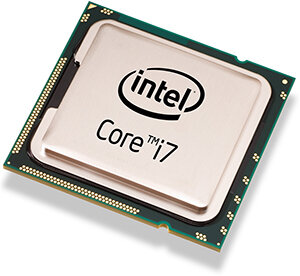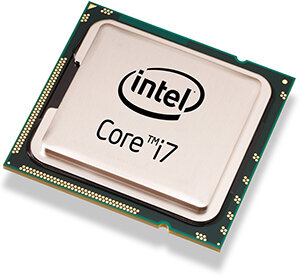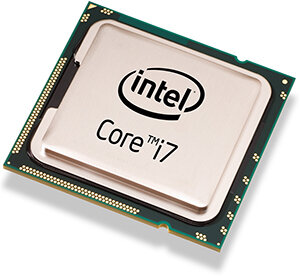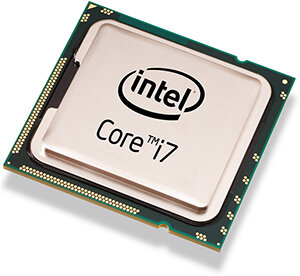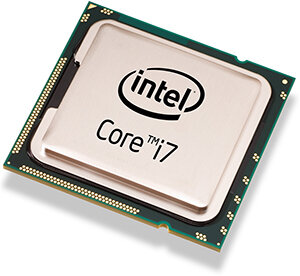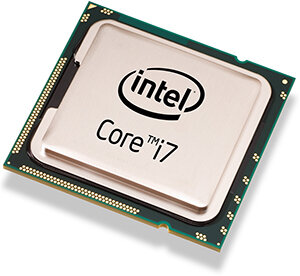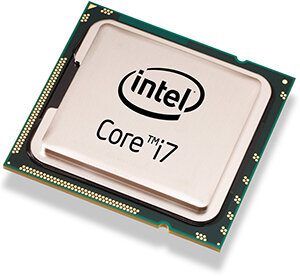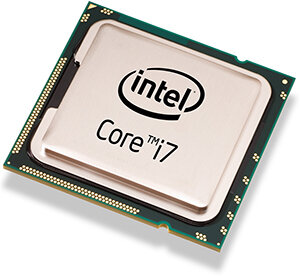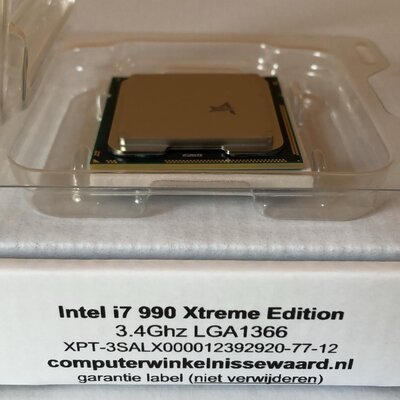Filter
- Onderdelen /
- onderdelen computers /
- Goedkope processoren /
-
intel socket 1366 (vanaf 49,95)

intel socket 1366
oordelen ComputerWinkelNissewaard .nl Zeer lage prijzen
Zeer lage prijzen  Achteraf of in 3 delen betalen (via Klarna)
Achteraf of in 3 delen betalen (via Klarna)  Afhaalpunt in Zuidland
Afhaalpunt in Zuidland  Bezorgen met Post NL
Bezorgen met Post NL  Ruilen binnen 30 dagen
Ruilen binnen 30 dagenBezig met laden...
Intel processor i7 940 8MB 2.93Ghz socket 1366
Afhalen in Zuidland of verzenden PostNL. Bestel snel! Slechts enkele exemplaren beschikbaar! op=op
€ 139,95
€ 39,95*
Intel processor i7 920 8MB 2.66Ghz socket 1366
Afhalen in Zuidland of verzenden PostNL. Bestel snel! Slechts enkele exemplaren beschikbaar! op=op
€ 119,95
€ 49,95*
Intel processor i7 930 8MB 2.8Ghz socket 1366
Slechts enkele stuks beschikbaar! op=op
€ 139,95
€ 59,95*
Intel processor i7 950 8MB 3.06Ghz socket 1366 (130w)
Slechts enkele stuks beschikbaar! op=op
€ 139,95
€ 69,95*
Intel processor i7 960 3.2Ghz 8MB socket 1366 (130w)
Slechts enkele stuks beschikbaar! op=op
€ 349,95
€ 74,99*
Intel processor i7 965 Extreme Edition 3.2Ghz 8MB socket 1366 (130W)
Slechts enkele stuks beschikbaar! op=op
€ 499,95
€ 74,99*
Intel processor i7 975 Extreme Edition 3.33Ghz 8MB socket 1366 (130W)
Slechts enkele stuks beschikbaar! op=op
€ 499,95
€ 79,99*
Intel processor i7 980X 3.33Ghz 12MB socket 1366 (130W)
Slechts enkele stuks beschikbaar! op=op
€ 499,95
€ 89,99*
Intel processor i7 990X 3.46hz 12MB socket 1366 (130W)
Slechts enkele stuks beschikbaar! op=op
€ 499,95
€ 129,99*
LGA 1366 (land grid array 1366), also known as Socket B,[2][3] is an Intel CPU socket. This socket supersedes Intel's LGA 775 (Socket T) in the high-end and performance desktop segments. It also replaces the server-oriented LGA 771 (Socket J) in the entry level and is superseded itself by LGA 2011. This socket has 1,366 protruding pins which touch contact points on the underside of the processor (CPU)[4] and accesses up to three channels of DDR3 memory via the processor's internal memory controller.
Socket 1366 (Socket B) uses Intel QuickPath Interconnect (QPI) to connect the CPU to a reduced-function northbridge that serves mainly as a PCI-Express controller. A slower DMI is used to connect Intel's most recent northbridge and southbridge components. By comparison, Intel's socket 1156 (Socket H) moves the QPI link and PCI-Express controller onto the processor itself, using DMI to interface a single-component "chipset" (now called PCH) that serves traditional southbridge functions. The difference in pin number is mostly a reflection of the number of memory channels served.
In November 2008, Intel released Core i7, which was the first processor requiring this socket.
LGA 1366 socket and processors were discontinued sometime in early 2012,[5] having been superseded by the LGA 2011 and LGA 1356 socket, on 14 November 2011, supporting Sandy Bridge E-series processors. The accompanying LGA 1156 was discontinued at the same time, which was replaced by LGA 1155.
